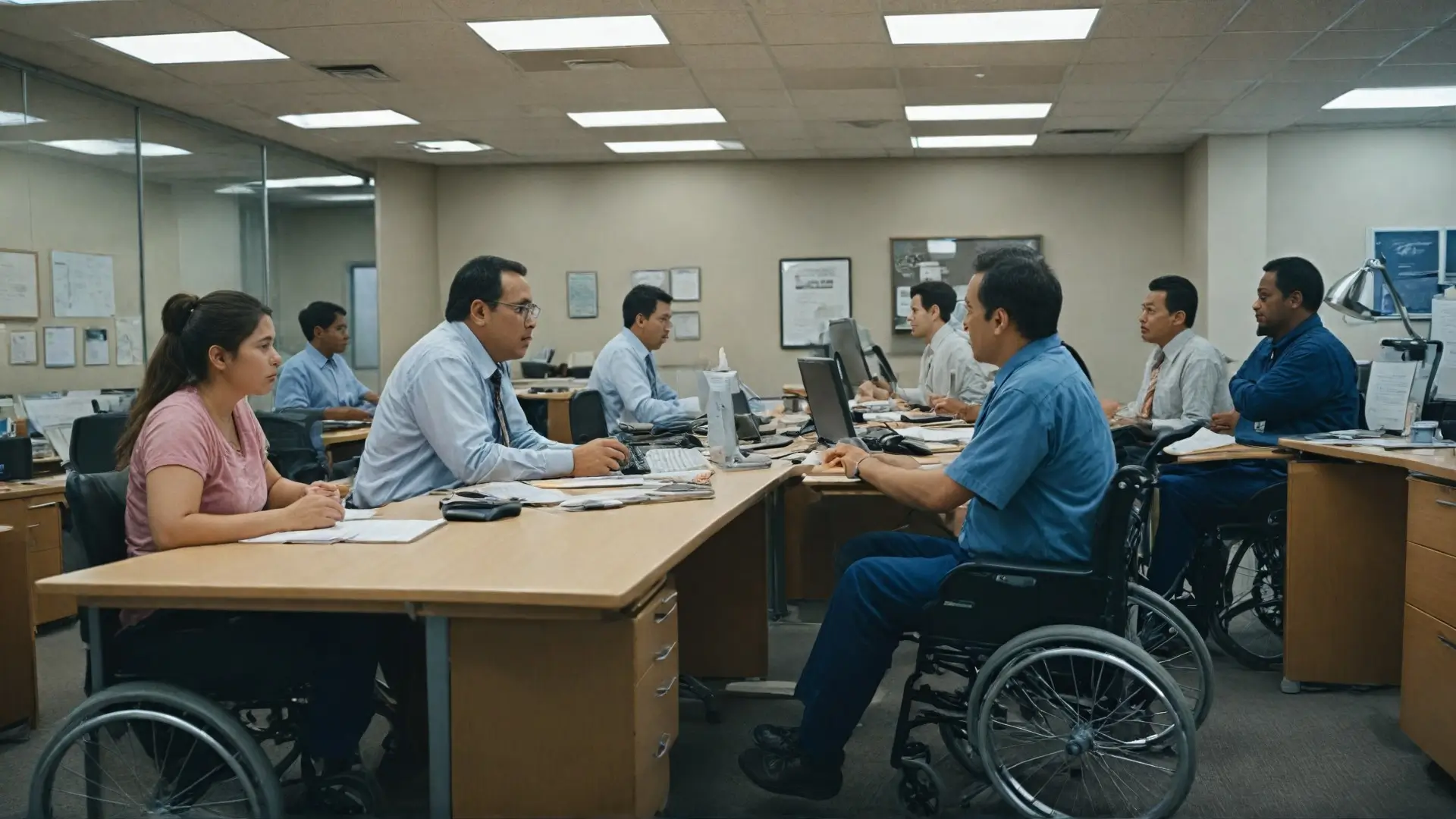In today’s fast-paced world, businesses are constantly on the hunt for innovative strategies to stay competitive. Yet, one of the most valuable resources often remains untapped: the hidden talent pool. Could accessible employment be the key to unlocking this potential? The answer is a resounding yes.
Understanding Accessible Employment
What Is Accessible Employment?
Accessible employment refers to practices and environments that ensure individuals with diverse abilities can fully participate in the workforce. From ergonomic workstations to screen readers, accessible employment removes barriers and fosters inclusivity.
Why Accessibility Matters
Accessibility is not just about compliance—it’s about leveling the playing field. By removing obstacles, employers empower employees to contribute their best work.
“Diversity is being invited to the party; inclusion is being asked to dance.” — Verna Myers
The Hidden Talent Pool
Who Makes Up the Hidden Talent Pool?
This talent pool includes individuals with disabilities, neurodiverse individuals, and those overcoming personal challenges. These candidates often bring unmatched resilience and unique perspectives.
Skills and Strengths of the Hidden Talent Pool
Members of this group excel in problem-solving, adaptability, and innovative thinking—skills crucial in dynamic work environments.
Barriers to Accessible Employment
Misconceptions About Accessibility Costs
Many businesses assume accessibility upgrades are expensive, but affordable solutions like flexible work hours and remote options often yield significant returns.
Stereotypes and Bias in Hiring
Unconscious biases still hinder progress, limiting opportunities for talented individuals.
Benefits of Embracing Accessible Employment
Expanding Your Talent Base
Opening doors to diverse candidates ensures access to a wider range of skills and experiences.
Fostering Loyalty and Retention
Employees who feel valued are more likely to stay, reducing turnover costs.
Creating Accessible Workplaces
Assessing Current Accessibility Levels
Start with a workplace audit to identify gaps. Tools like checklists and employee feedback are invaluable.
Investing in Accessible Technology
From screen readers to adjustable desks, assistive technologies enhance productivity for everyone.
Training Leadership and Staff
Workshops on empathy and inclusivity can transform workplace dynamics.
Success Stories: Accessible Employment in Action
Companies Leading the Way
Microsoft and Starbucks are among the pioneers integrating accessibility into their core values.
Personal Triumphs
Take Sarah, a software engineer with mobility challenges who thrives in a company that prioritizes accessibility.
Practical Steps for Employers
Start Small, Think Big
Implement low-cost initiatives like flexible work hours and accessible communication tools.
Building Inclusive Hiring Practices
Use clear, jargon-free job descriptions and offer accessible interview options.
Overcoming Challenges in Implementation
Addressing Cost Concerns
Government incentives and grants can offset expenses.
Measuring Impact and Adjusting Strategies
Use metrics like employee engagement and productivity to refine your approach.
The Future of Accessible Employment
Trends Shaping Accessibility in the Workplace
Expect AI-driven tools and universal design principles to lead the charge.
Why Companies That Ignore Accessibility Will Fall Behind
Inclusion is no longer optional—businesses must evolve or risk irrelevance.
Conclusion
Accessible employment is more than a moral imperative; it’s a business strategy that drives innovation, loyalty, and success. Employers who embrace inclusivity tap into a wealth of potential that transforms workplaces and changes lives.
FAQs
- What is the hidden talent pool? It refers to untapped groups like people with disabilities or neurodiverse individuals who bring unique skills to the workforce.
- How can companies benefit from accessible employment? By accessing a broader talent base, boosting innovation, and improving retention.
- What are common misconceptions about accessibility? Many believe it’s costly, but small changes can make a big impact.
- What are examples of accessible technology? Screen readers, ergonomic furniture, and voice recognition software.
- How do accessible workplaces support employee retention? They foster loyalty by creating an environment where employees feel valued.
- What are the costs involved in creating accessible workplaces? Costs vary, but government incentives often help offset them.
- Are there laws mandating accessible employment? Yes, such as the Americans with Disabilities Act (ADA) in the U.S.
- How can small businesses start implementing accessibility? Begin with audits and low-cost solutions like flexible schedules.
- What industries benefit the most from accessible employment? Technology, customer service, and healthcare, among others.
- How does accessibility impact workplace culture? It fosters inclusivity, innovation, and collaboration.













